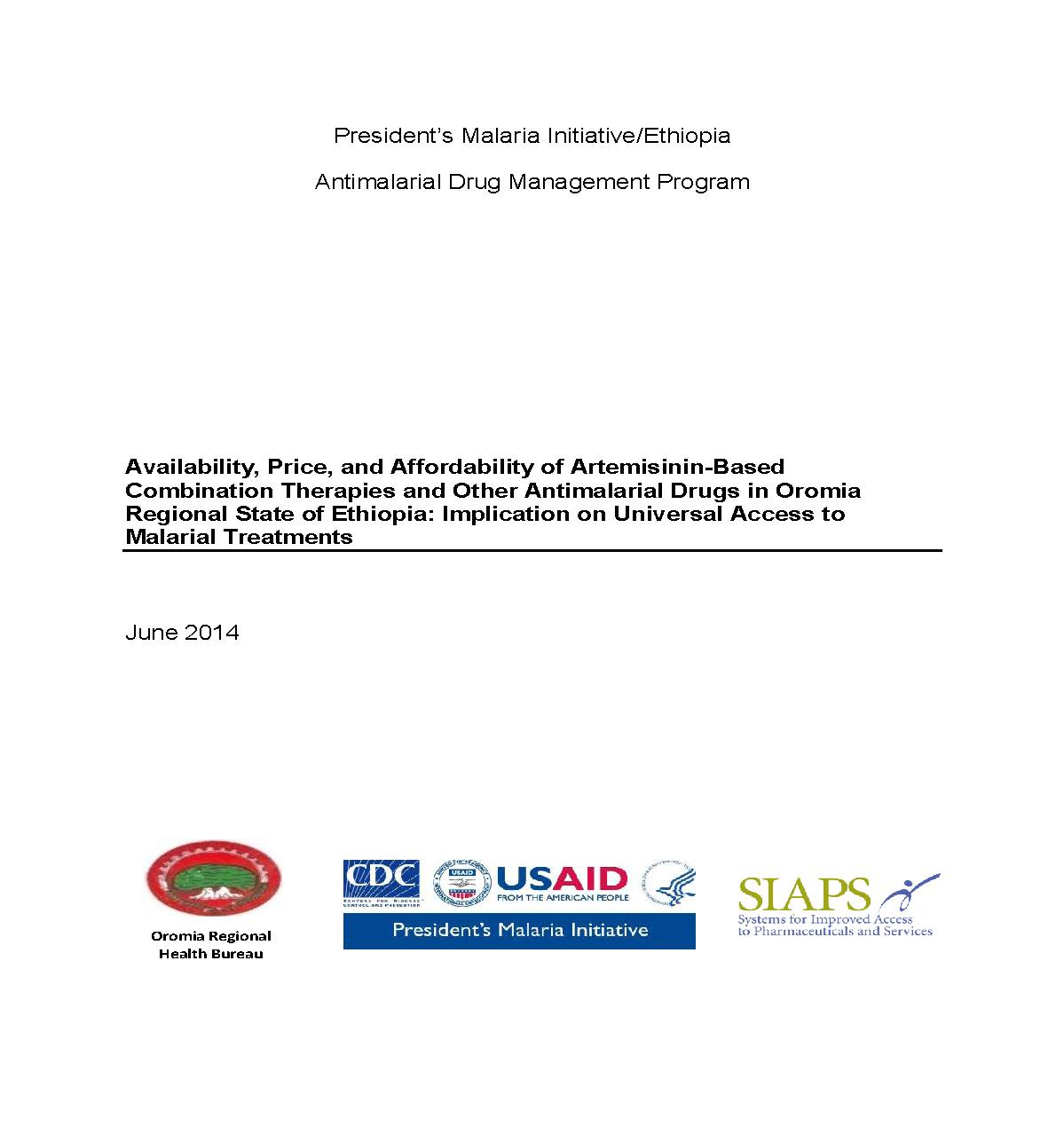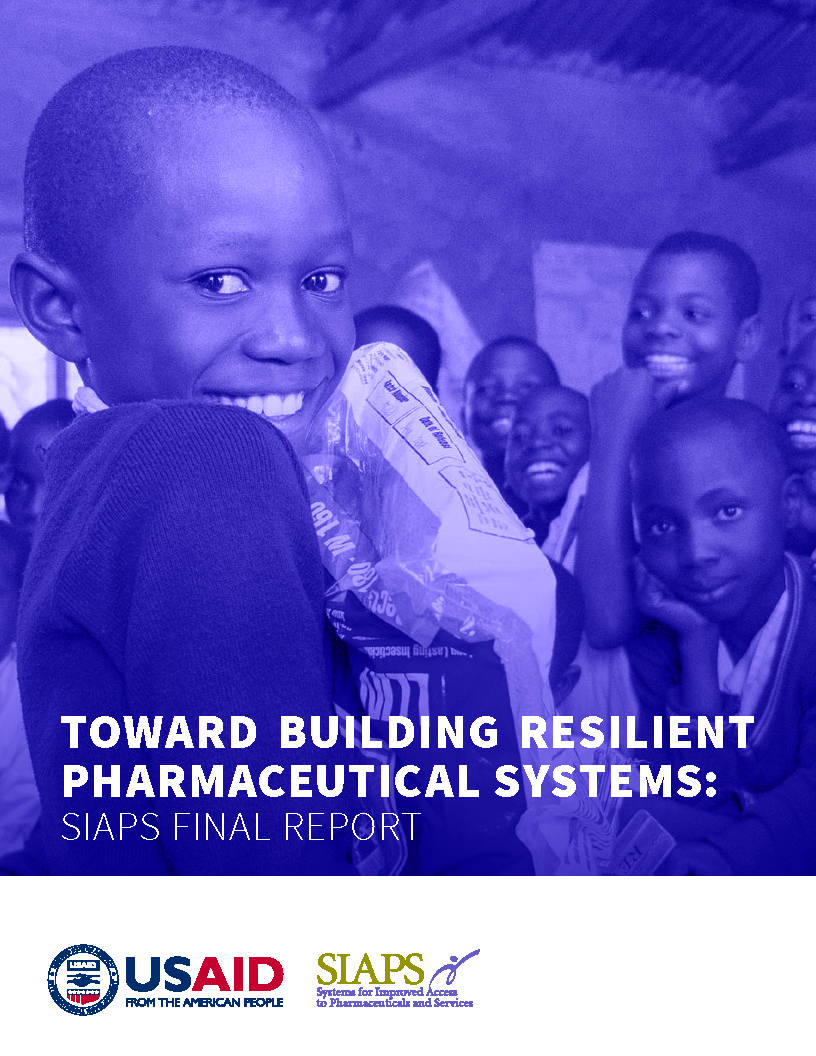
Malaria is one of the major public health challenges in Ethiopia. Approximately 68% of the population (52 million people) lives in malaria-endemic areas. According to Ethiopian Public Health Emergency Management (PHEM) data, 18% of malaria cases reported in Ethiopia are in the Oromia Region. Only two other regions report more cases of malaria: the Southern Nations, Nationalities, and People’s Region (SNNPR) (30%) and the Amhara Region (28%) (FDRE MOH 2013).
The availability, pricing, and affordability of antimalarial drugs (AMDs) are key indicators of access to malaria treatments. In Ethiopia, very few studies have been conducted about those indicators, particularly for antimalarial medicines.
Using methodology developed by the World Health Organization (WHO) and Health Action International (HAI) for measuring medicine prices, availability, and affordability, investigators collected and analyzed data from 67 medicine outlets (30 public, 30 private, and 7 nongovernmental organizations [NGOs]) in six geographical zones in the Oromia Region of Ethiopia. Data were also collected about government procurement prices for the surveyed medicines. Then prices of the medicines were compared to Management Sciences for Health (MSH) international reference prices (IRPs) to obtain median price ratios (MPRs). The salary of the lowest-paid unskilled government worker was used to evaluate the affordability of standard treatments for malaria


